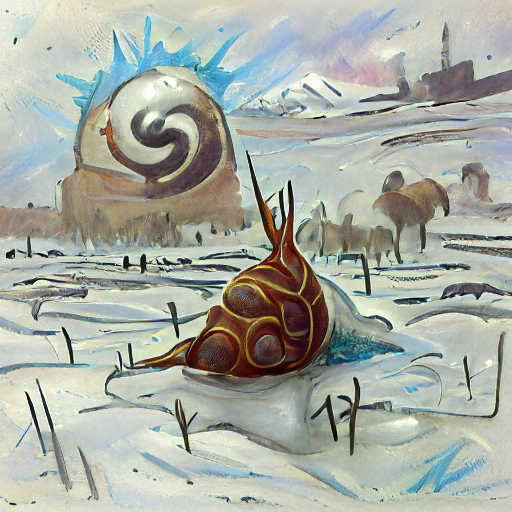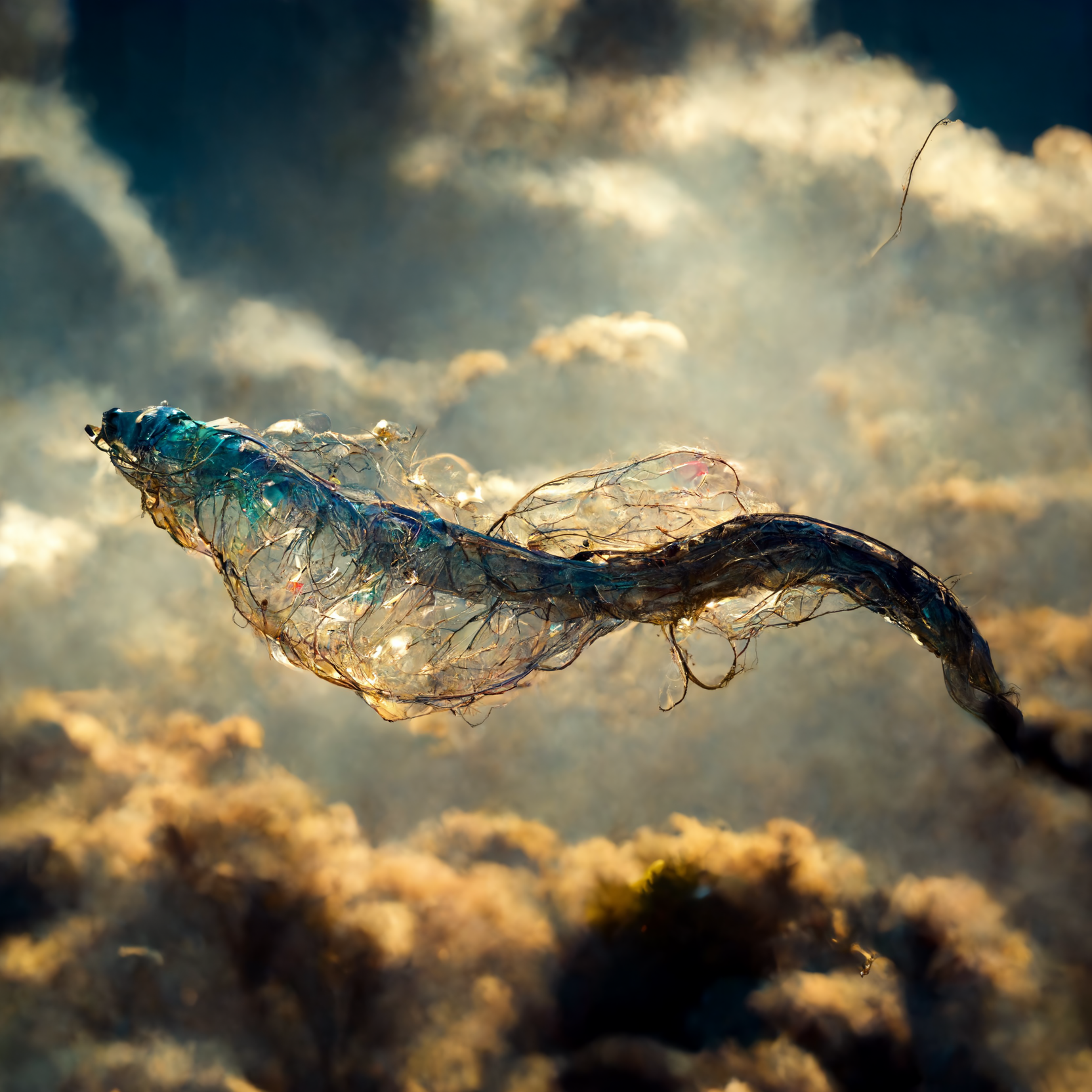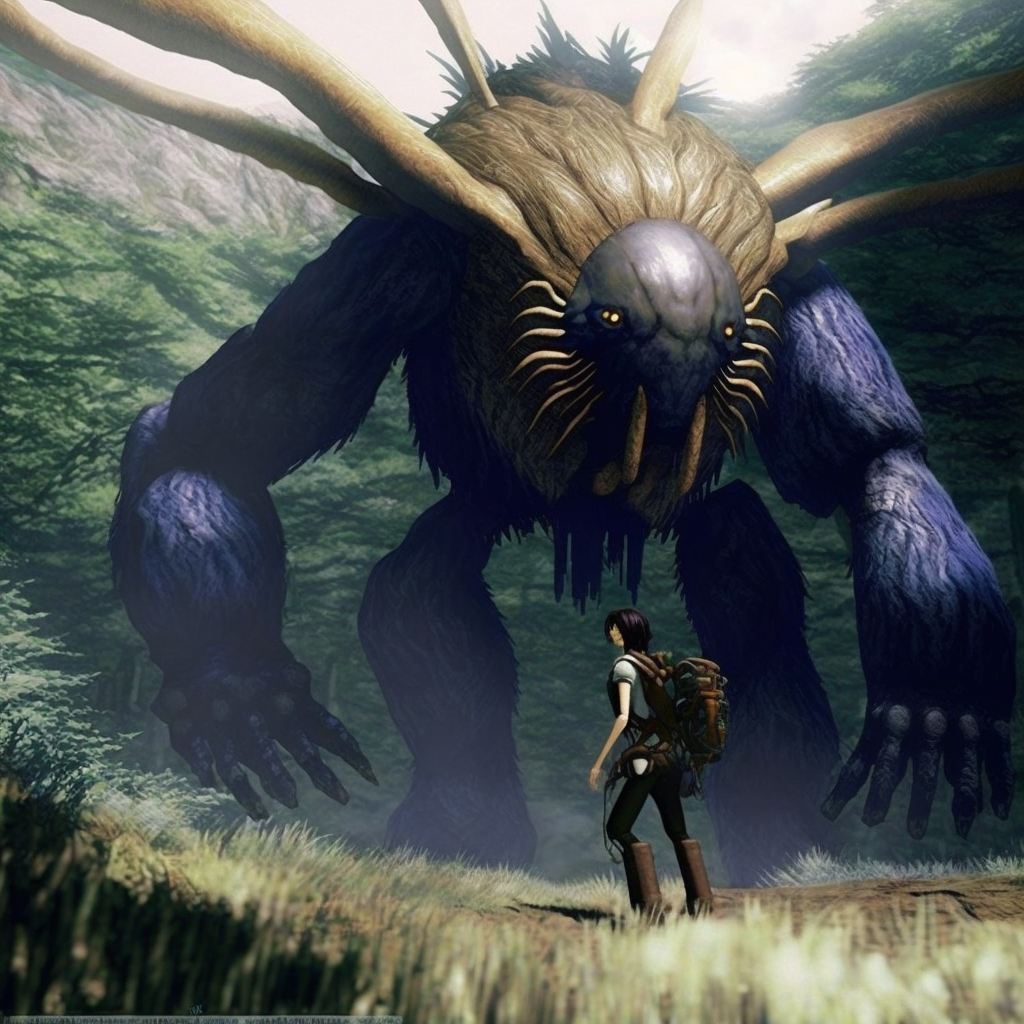

The dust angel is a common critter in arable desert areas. Nutrients from their saliva propagates through plants into the soil, improving yield for all plants in the vicinity. They're extremely rare and expensive, but the richest farming organizations seem to have a limitless supply to use.

Explore an endless universe of ficticious life on NovelGens.





